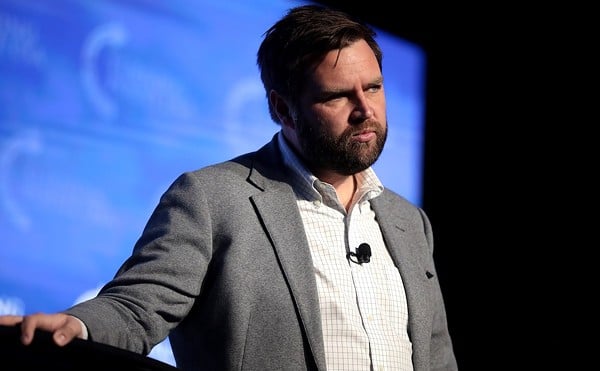Last Wednesday, the Ohio Senate passed a bill to require hospitals to publish the cost of their services for the public to see.
The Senate version of the bill requires hospitals to publish estimates of the prices of their services. This is in contrast to the House version of the bill which would require hospitals to publish standard service prices and allow patients to submit complaints to the Ohio Department of Health about hospitals that do not publish their prices.
If you have had any interaction with the U.S. health care system, which if you are reading this article I’m assuming you have, then you have likely experienced the frustration of not knowing how much you will pay for health care services. You usually do not know how much you will pay for something until after you have received it.
In this way, health care providers play games not so different from the man who washes your car windshield then demands payment for it. In both these cases, consumers are in the dark and the “market” does not function because there is not a fair exchange based on full information of expectations from both parties.
This has led to a system where Ohioans are saddled with bills they cannot pay. Researchers at the Urban Institute estimate 15% of Ohioans have medical debt in collections. Medical debt is even more common in communities where at least 60% of the residents are people of color, where a full 21% of residents have medical debt in collections.
Health care debt has become such a big problem in Ohio that multiple communities like Toledo and Columbus are working to create centralized programs to forgive medical debt. And hospitals are on board — they are willing to sell debt for one cent on the dollar because the chances of them recouping any of this debt is so low.
According to the Health Policy Institute of Ohio, Ohio is 44th in the country among states in health value, spending more per capita than the average state on health care and still ending up with much worse health outcomes. Ohioans spend over $10,000 per capita on health care, a significant amount considering the per capita income in Ohio is about $60,000.
Most health care experts agree wholesale reform is the most sustainable way to get health costs under control in Ohio and across the United States. I recently had a close friend who grew up here with me in Bexley visit from his new home in Denmark. In that country, hospitals are owned by their equivalents of states. They negotiate with the doctors’ unions to determine prices.
People in Denmark spend about 9.5% of their income on health care. And they spend more than the OECD average. If Ohio spent that much, the average person would only spend $5,700 on health care a year, $4,700 less than they do now. What would you do with an extra $4,700 a year?
Price transparency won’t get us all the way to European health care spending levels. But it certainly will help. Anything we can do to fix the market will help reduce costs and relieve the burdens on families.
This commentary was originally published by the Ohio Capital Journal and republished here with permission.





